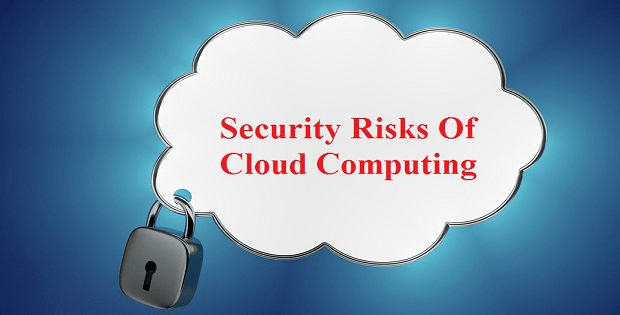Cloud computing offers many benefits, but it also comes with some risks. Here are some of the most common risks associated with cloud computing:
- Data security: One of the biggest concerns with cloud computing is data security. When you store your data in the cloud, you are trusting a third-party company with your sensitive information. There have been cases of cloud providers being hacked, which has resulted in data breaches.
- Vendor lock-in: When you use a cloud computing service, you may become locked into that service. This is because cloud providers often use proprietary technologies that make it difficult to switch to another provider. If you are not careful, you could find yourself stuck with a cloud provider that is not meeting your needs.
- Compliance: Cloud computing can make it difficult to comply with industry regulations. This is because cloud providers are located all over the world and may not be subject to the same regulations as your business. If you are not careful, you could find yourself in violation of regulations.
- Performance: Cloud computing can be unreliable. This is because cloud providers have to deal with a large number of users, which can sometimes lead to performance problems. If you need a high level of performance, you may want to consider using a private cloud or on-premises solution.
- Cost: Cloud computing can be expensive. This is because you are paying for the resources that you use, even if you are not using them all the time. If you are on a tight budget, you may want to consider using a different type of computing solution.
Cloud computing is a powerful tool that can help businesses save money, improve efficiency, and access the latest technology. However, there are also some risks associated with cloud computing. Here are some of the most common cloud computing threats:
- Data breaches: Data breaches are one of the most common cloud computing threats. This is because cloud providers store data on shared servers, which makes it more vulnerable to attack.
- Malware: Malware is another common cloud computing threat. This is because malware can be easily distributed through cloud-based applications and services.
- Denial-of-service attacks: Denial-of-service attacks are a type of attack that can disrupt or disable cloud-based services. This can make it difficult or impossible for users to access their data or applications.
- Data loss: Data loss is another risk associated with cloud computing. This can happen due to a variety of factors, such as hardware failure, software errors, or human error.
- Proprietary lock-in: Vendor lock-in is a risk that can occur when businesses become too reliant on a single cloud provider. This can make it difficult or expensive to switch to a different provider if the need arises.
Despite these risks, cloud computing services can be a safe and secure way to store your data. If you are considering using cloud computing, it is important to weigh the risks and benefits carefully.
Here are some tips for mitigating the risks of cloud computing:
- Choose a reputable cloud provider: When choosing a cloud provider, it is important to do your research and choose a company that has a good reputation for security and reliability.
- Encrypt your data: Before you store your data in the cloud, it is important to encrypt it. This will help to protect your data in case of a data breach.
- Use strong passwords: When you create an account with a cloud provider, it is important to use strong passwords. This will help to protect your account from unauthorized access.
- Keep your software up to date: Cloud providers regularly release security updates for their software. It is important to keep your software up to date to ensure that you are protected from the latest threats.
- Monitor your usage: Cloud providers provide tools that allow you to monitor your usage. This can help you to identify any potential problems and take corrective action.
By following these tips, you can help to mitigate the risks of cloud computing and protect your data.










